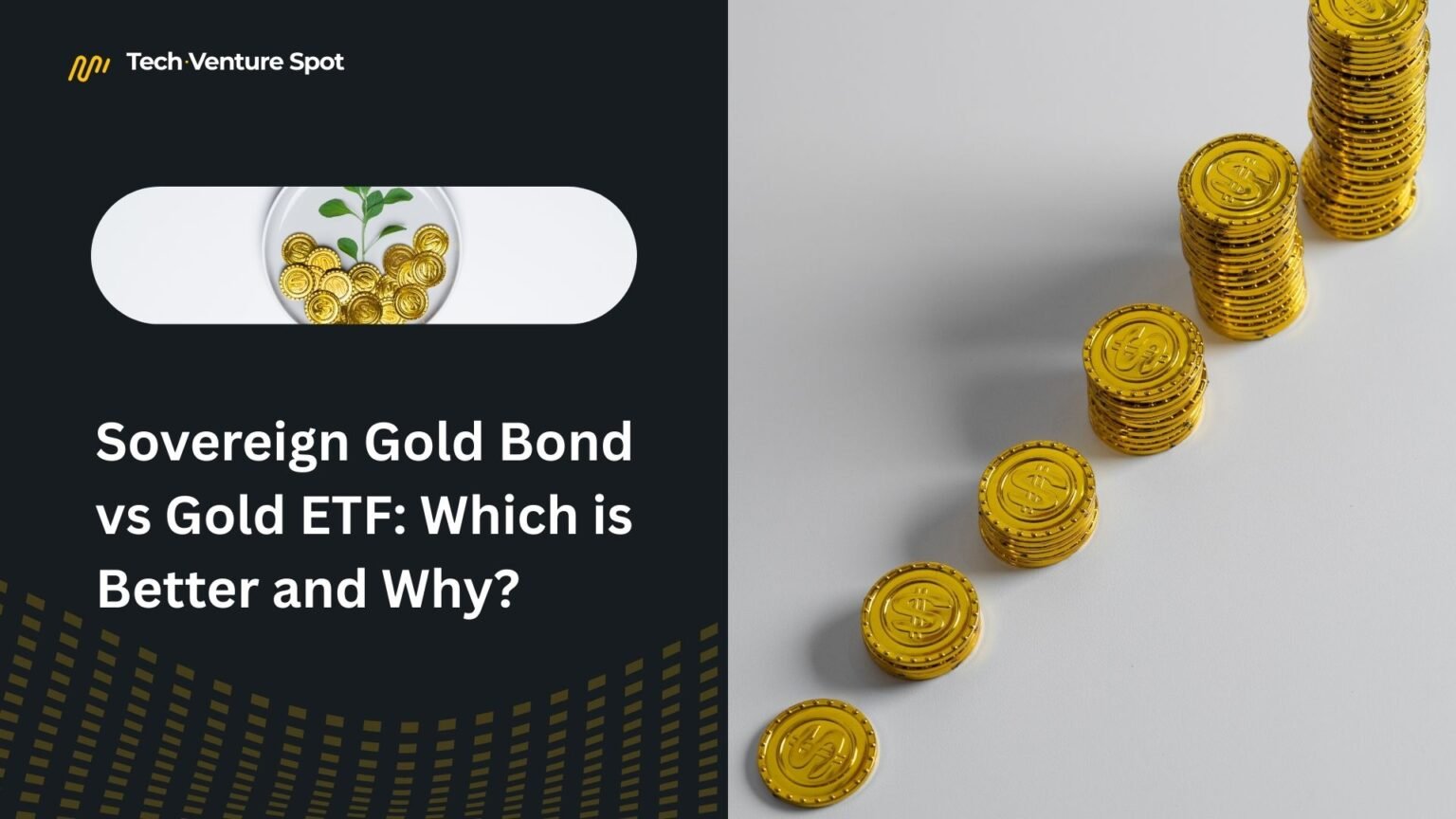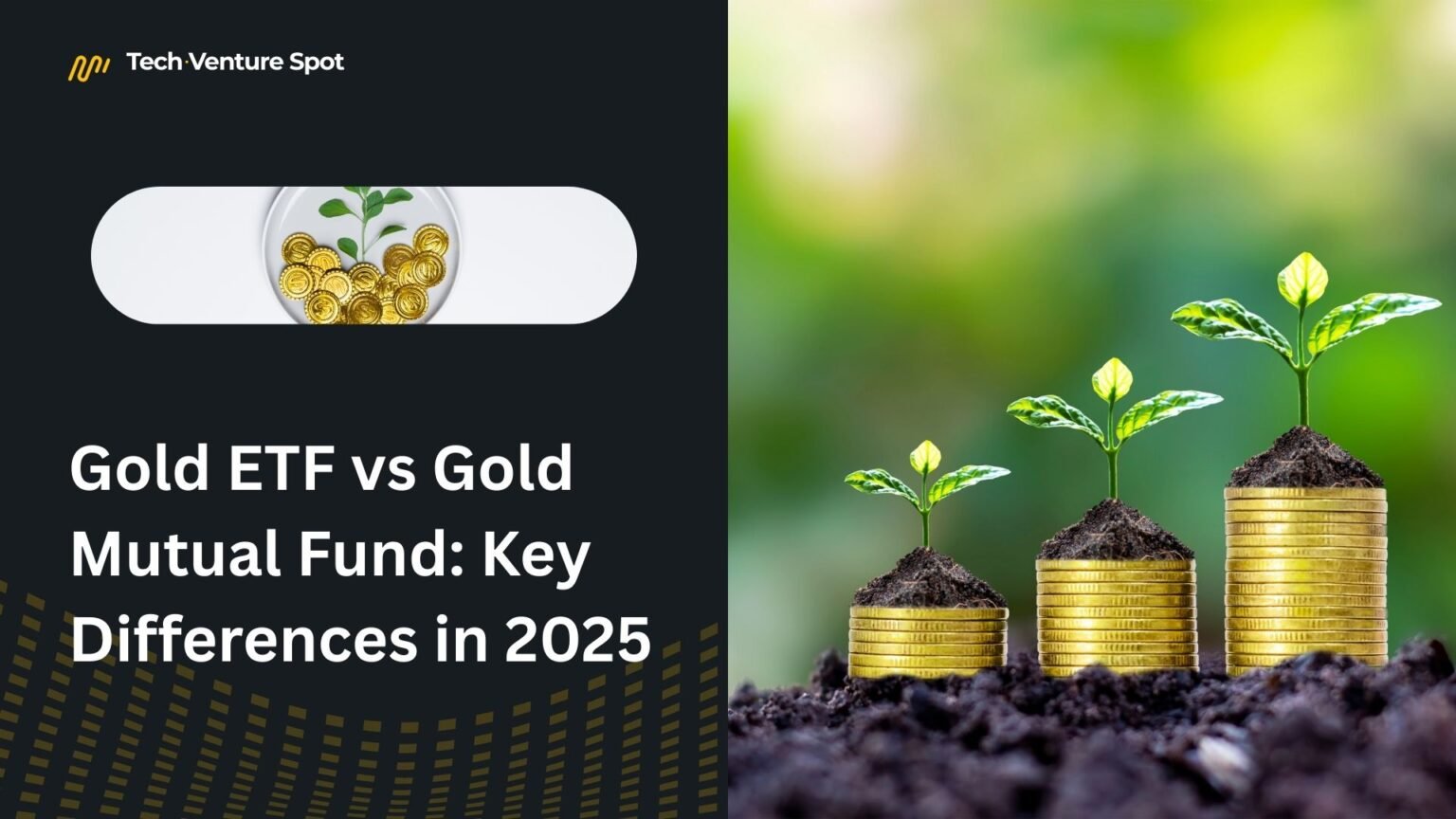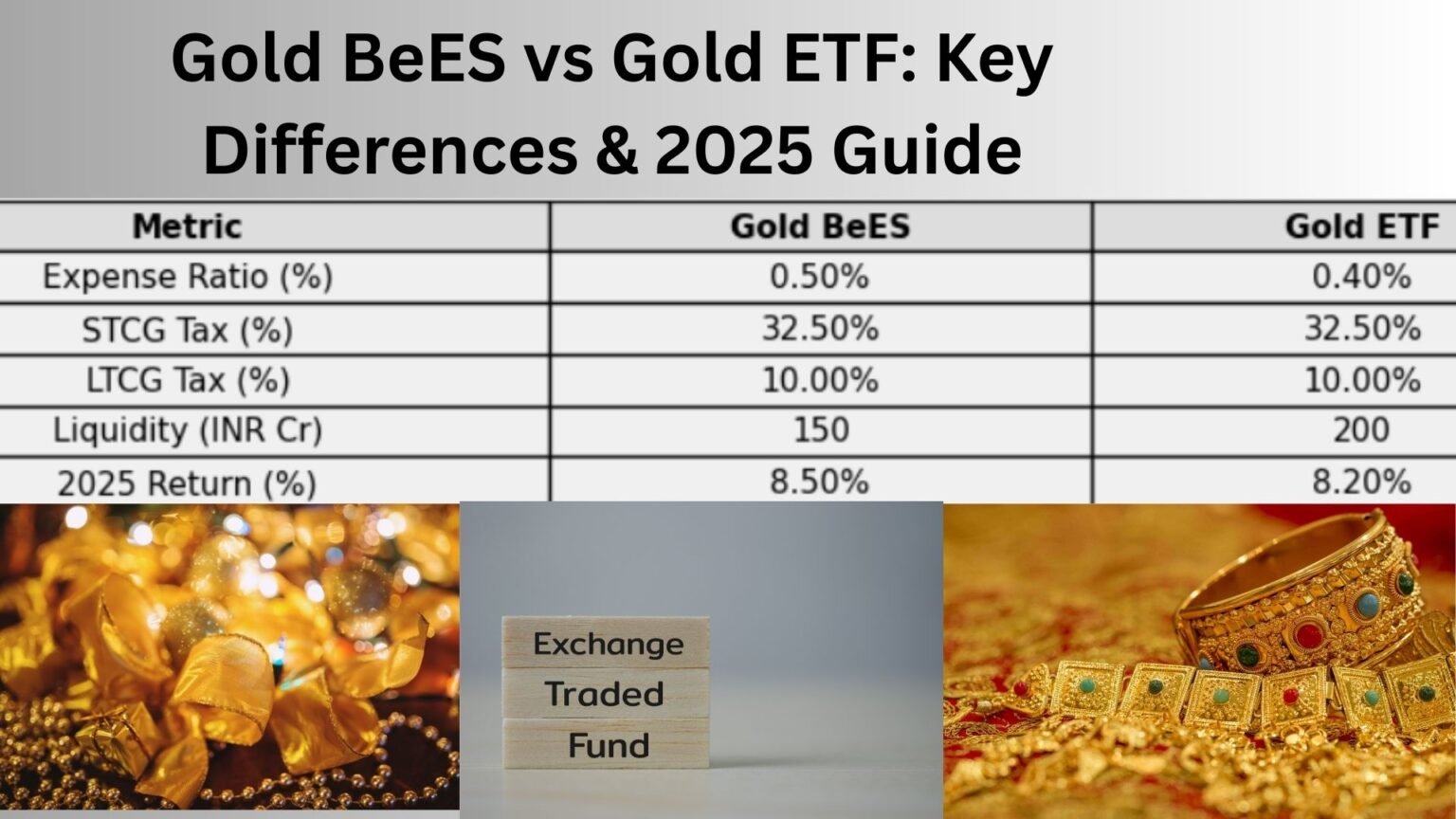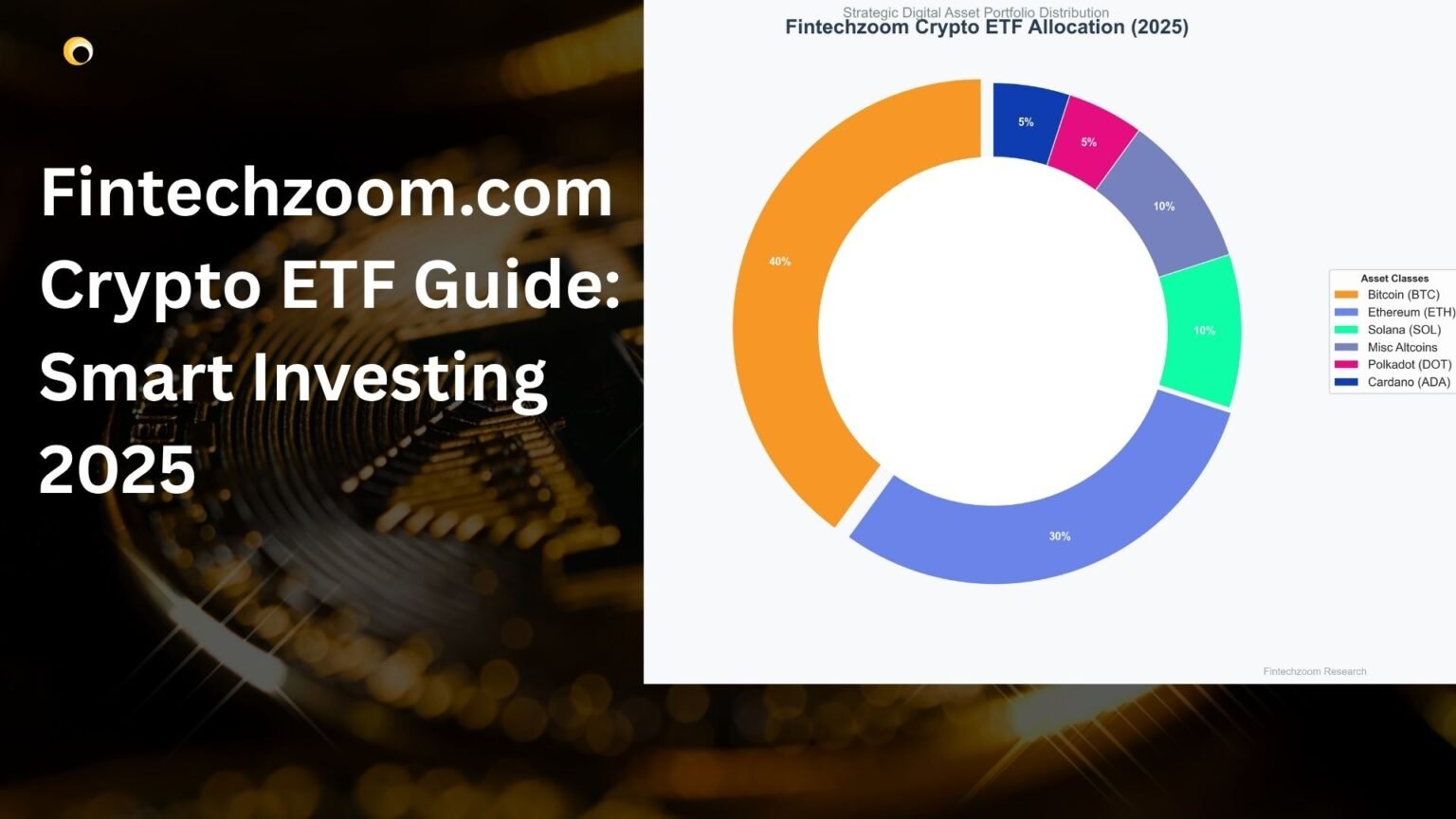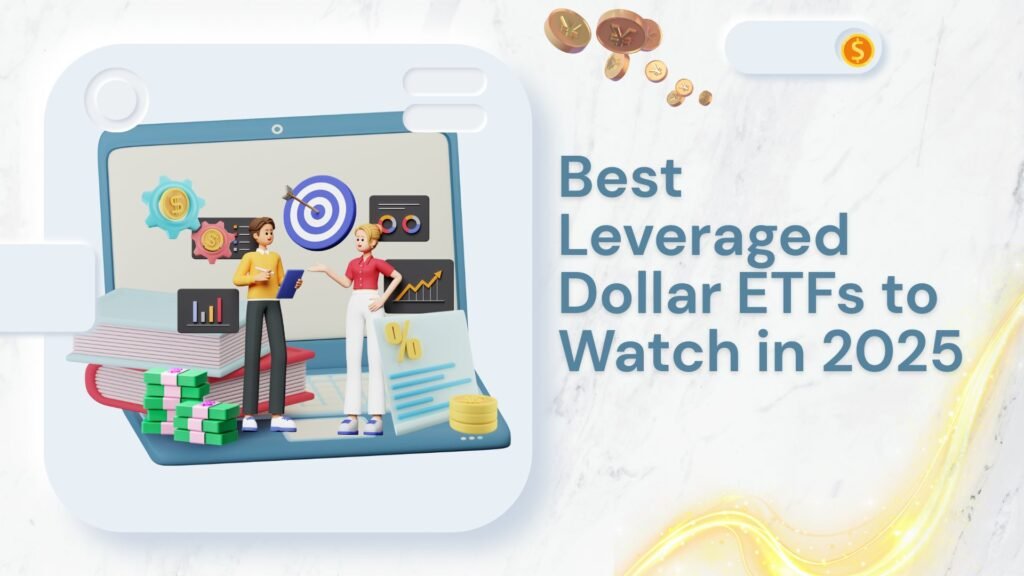
Introduction
Leveraged dollar ETFs aim to provide investors with two or three times the daily gains or losses of the US Dollar against a basket of major currencies, like the one tracked by the USDX (DXY). These financial instruments belong to the broader group of Leveraged ETFs focused on foreign exchange (forex).
Unlike a generic leveraged currency ETF that might track any currency pair, a dollar ETF specifically targets the USD's performance versus this basket. Think of it as investing in the US dollar's global standing, but on steroids. Dollar bull ETFs amplify returns when the USD strengthens, while inverse (bear) ETFs are designed to profit when the USD weakens.
How the Key Components of Leveraged Dollar ETFs Build Their Performance
These ETFs don't hold physical currency. Instead, they use derivative instruments to achieve their leveraged exposure:
- Futures Contracts: The majority of exposure comes from trading futures on major currency pairs (like EUR/USD, USD/JPY, GBP/USD) that are weighted to mimic the DXY index.
- Swap Agreements: These are contracts with financial institutions (like banks) that exchange payments based on the performance of the dollar index, effectively creating the desired leveraged return.
- Daily Rebalancing: To maintain its target leverage (e.g., 2x or 3x), the fund must rebalance daily. It buys more derivatives if the dollar gains and sells if it loses. This daily "reset" locks in gains or losses and is the primary cause of compounding effects over time.
- Futures Roll: A hidden cost (or potential gain) in using futures is the "roll." As a futures contract nears expiration, the fund must sell it and buy a new contract for a later month. The cost difference is determined by market conditions known as "contango" or "backwardation." Contango typically creates a drag on returns for long-term holders.
Also Read: How to Buy Gold ETF in Zerodha – Easy 5-Step Guide
Top USD-Leveraged ETFs to Watch in 2025
This table provides a snapshot of key ETFs in this category as of mid-2025.
| Ticker | Leverage | Focus | Issuer | Est. AUM (June '25) | Expense Ratio (ER) | Inception | Min. Qty (MOQ) |
|---|---|---|---|---|---|---|---|
| UUP | 1x (Non-Lvg) | USD Bull | Invesco | $1.8 Billion | 0.77% | 2007 | 1 Share |
| USDU | 1x (Non-Lvg) | USD Bull (Alt) | WisdomTree | $420 Million | 0.50% | 2013 | 1 Share |
| UDN | 1x (Non-Lvg) | USD Bear | Invesco | $65 Million | 0.77% | 2007 | 1 Share |
| ULE | 2x | USD Bull | ProShares | $125 Million | 0.95% | 2010 | 1 Share |
| USL | 2x | USD Bull (Alt) | VelocityShares | $38 Million | 1.10% | 2018 | 1 Share |
| UDL | 2x | USD Bear | ProShares | $12 Million | 0.95% | 2010 | 1 Share |
| YCL | 2x | USD Bear | ProShares | $8 Million | 1.00% | 2009 | 1 Share |
| USDUU | 3x | USD Bull | Direxion | $75 Million | 1.25% | 2021 | 1 Share |
| UDLD | 3x | USD Bear | Direxion | $15 Million | 1.25% | 2021 | 1 Share |
Key Observations (mid-2025):
- There is significantly more money (Assets Under Management - AUM) in non-leveraged bull ETFs (UUP, USDU) than in their leveraged counterparts. Of the leveraged options, ULE is the largest.
- The 3x ETFs, USDUU and UDLD, carry the highest expense ratios in the category, while the non-leveraged USDU offers the lowest.
- The largest ETFs (UUP, USDU, ULE) generally have the tightest bid-ask spreads, making trading more efficient. Smaller ETFs like UDLD and YCL may have wider spreads.
- All listed ETFs have a minimum order quantity (MOQ) of a single share, making them accessible.
Chart 1: Estimated AUM Comparison (in Millions USD)
Chart 2: Expense Ratio (ER) Comparison
How Often & How Long You Perform: The Mystery of Compounding
Volatility drag is a powerful, often overlooked, force that erodes long-term performance. For example, a 10% loss requires an 11.1% gain just to break even. With 3x leverage, a 10% drop in the underlying index causes a ~30% drop in the ETF, which would then require a ~43% gain to recover. This destructive math is a constant headwind in volatile or sideways markets.
Case Study: 2020-2025 USD Swings
- 2020-2021: The dollar weakened significantly. A 3x bear ETF would have profited, but its return would likely be less than a simple 3x multiple of the index's decline due to the path of that decline (volatility drag).
- 2022: The Fed's rate hikes caused the dollar to soar. A 3x bull ETF like USDUU would have seen massive gains, but these would have been partially muted by the cost of futures rolls (contango).
- 2023-Mid 2025: The USD experienced choppy, sideways movement. This "up-and-down" price action is particularly damaging for *both* bull and bear leveraged ETFs, as volatility drag eats away at capital from both sides.
Backtest Reality Check (Hypothetical)
From January 2020 to June 2025, a hypothetical $10,000 investment in a 3x leveraged U.S. dollar ETF would exhibit a wild ride. While it might have tripled during the 2022 rally, by mid-2025, the combined effects of volatility drag and contango could have eroded a substantial portion of those gains, leading it to significantly underperform a simple 3x multiple of the index's total return over the period. Always check long-term charts.
Also Read: Gold BeES vs Gold ETF: Key Differences & 2025 Guide
Chart 3: Hypothetical Performance of 3x ETF vs. Index
Fees, Tax & Expense Considerations: The Cost of Amplification
Cost Structure Breakdown
- Expense Ratio (ER): This is the annual management fee, ranging from 0.95% to 1.25% for the leveraged products listed. This is higher than typical ETFs due to the complexity of managing leverage.
- Trading Spreads: This is the difference between the buy and sell price. For ETFs with low AUM and trading volume, spreads can be wide, adding a significant cost for frequent traders.
- Roll Yield / Swap Spreads: These are the implicit costs of maintaining the futures/swap positions to get leverage. They are not listed in the ER but can be the most significant hidden cost, especially in a contango market.
Implications of Taxes for US-based Investors
- Section 1256 Contracts: If over half the fund's holdings are futures, it may be taxed as a Section 1256 product. This means gains/losses are marked-to-market annually (taxed even if you don't sell) and are treated as 60% long-term and 40% short-term capital gains, regardless of holding period. This can create tax liabilities without generating cash from a sale.
- Partnership (K-1) vs. 1099: Some funds, like those from VelocityShares, are structured as partnerships and issue a K-1 tax form, which can complicate tax filing compared to the standard 1099.
- Non-Leveraged ETFs: Products like UUP and USDU typically generate interest income and capital gains, which are taxed based on your holding period, offering a simpler (though less potent) tax structure.
Also Read: Digital Gold vs Gold ETF: Which One Should You Buy?
What are People Doing with These and What Benefits Do They Gain?
Institutional Hedging
Large businesses use these tools to hedge against foreign exchange (FX) risk. For example, a US-based importer expecting the Euro to fall against the Dollar in the next 3 months could use a leveraged *bull* dollar ETF (like ULE or USDUU) to amplify their hedge. The risk is over-hedging, which would lead to losses if the dollar unexpectedly weakens.
However, institutions often prefer direct futures for their lower costs and greater precision.
Retail & Active Traders
- Event-Driven Bets: Traders use these ETFs to make short-term bets on the USD's direction following Fed announcements, inflation reports, or geopolitical events. Most of these positions are held for hours or a few days at most to avoid the negative effects of daily compounding.
- Pair Trades: A trader might go long a leveraged dollar ETF and short an asset priced in dollars (like oil or emerging market stocks), betting that a strengthening dollar will drive those assets down.
While institutions use these for tactical, short-term purposes, a significant portion of the daily volume comes from retail traders seeking rapid gains, who must be aware of the substantial risks.
Risks & Suitability: Not For The Faint of Heart
These products are complex and carry significant risks that make them unsuitable for most long-term investors.
- Tracking Error & Compounding Risk: The primary risk. Due to daily rebalancing, volatility drag, roll costs, and fees, these ETFs will *not* produce 2x or 3x the long-term return of their underlying index. Performance deviation is a certainty over weeks or months.
- Liquidity Risk: While the largest ETFs are liquid, smaller ones (UDLD, USL, YCL) can have wide spreads and thin volume, especially during market stress. This means your execution price (fill) can be poor, hurting returns.
- Leverage Risk: Losses are magnified. A 3x dollar ETF can lose over 30% of its value from a 10% adverse move in the dollar. A sharp overnight gap in the market can lead to catastrophic losses.
- Contango Drag: If USD futures markets are consistently in contango, this will steadily erode the value of bull ETFs over time.
Who Should Use These?
- Sophisticated, active traders with a high risk tolerance and deep understanding of the product mechanics.
- Investors using them for very short-term (intra-day to a few days) tactical positions.
You must be prepared to lose your entire invested capital.
Also Read: Top AVGO Leveraged ETFs: AVGX, AVL & AVGG Compared
Alternatives & When to Avoid Leveraged Dollar ETFs
Simpler Alternatives
- Plain Vanilla Currency ETFs (UUP, USDU, UDN): These track the USD's daily movements on a 1-for-1 basis. They have lower fees, lower risk, and are suitable for longer-term strategic positions.
- Direct Currency Futures: For sophisticated traders with large accounts. Offers lower fees, precise control over expiration, and direct management of roll yield.
- Forex Spot/CFDs: Provides extremely high leverage (often >30x) and 24/5 trading. Carries immense risk of total loss and counterparty risk. Generally not recommended for most traders.
- USD Cash-Equivalents (Treasury Bills, SHV, BIL): For those who simply want to earn a yield on USD holdings with no exchange rate risk. This is the safest way to have USD exposure.
When to Avoid Leveraged ETFs
- If you have a long-term investment horizon.
- If you have a low risk tolerance.
- If you cannot monitor your holdings daily.
- If you are investing capital you cannot afford to lose.
- If you expect the USD to trade sideways with low volatility.
Conclusion and Recommendations
Leveraged dollar ETFs are highly specialized tools for sophisticated, short-term traders. They must be handled with extreme care, active monitoring, and robust risk management.
Before proceeding, ensure you have a deep understanding of daily compounding, futures mechanics (contango/backwardation), volatility drag, and the tax implications. For the vast majority of investors, non-leveraged alternatives or simply holding USD cash are far more prudent strategies.


